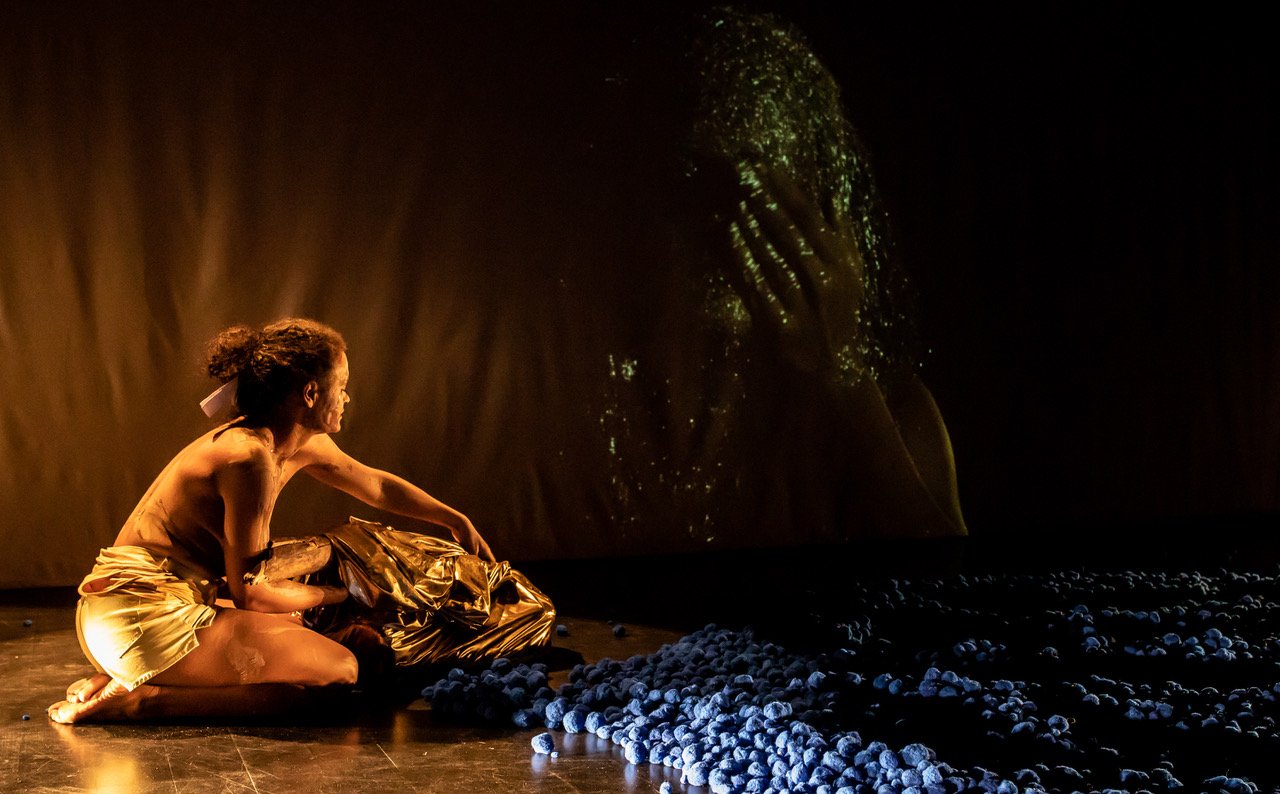
I WANT TO BE TRADITIONAL
by Maritea Dæhlin
Roots are trying to dig into my skin, duele, det gjør vondt, even I know they are only trying to get some nourishment, then they carry on floating away into a sea of sand eller av suk-ker o de sangre or of herbs without needing to grasp into one single spot. Som vanlig someone then comes and asks me where I am from y preguntan de dónde soy, where my mother is from, hvor faren min kommer fra, de dónde vienen mis hijos, where my phone is from, hvor katten min kommer fra. I open my mouth to answer pero solo escucho a distant echo y me doy cuenta de que no es mi voz, its not my voice, its the voice of the one who asked the question. Jeg prøver å se, I try to look them into the eyes and say that I am very typical, that my husband is very typical, that my child is very typical, que somos una familia bien típica, típicamente típica y que juntos siempre tipiqueamos porque so-mos típicos, that I am like you and not like them, at jeg er som dem og ikke som deg. Then Mormor, then my grandmother, then Mormor turns around og ser på meg and talks to me, in my head.
I WANT TO BE TRADITIONAL is an attempt to push the boundaries of the understanding of the self as a layered and fluid being which is continuously moving in all directions, still with the possibility to be read, felt, judged, understood, misunderstood, loved, through its specific contexts.
I WANT TO BE TRADITIONAL has been nominated for the Norwegian critic’s prize (2020) and for the Heddapris in category best theater text (2022).
Credits
Concept, texts, director and performer: Maritea Dæhlin
Dramaturge: Pia Maria Roll
Costumes, props and production manager: Ursula Lascurain
Video (videography, lights and editing) and photo: Isaac Díaz Valderrama
Lighting Design: Kurt Hermansen
Practical assistant: Soh Tokunaga
Sound editing: Felipe Cussen
Project development and visual advisor: Hanne Grieg Hermansen
Outside eye: Gabriela Ottogalli
Project development: Deise Nunes
Producer (distribution): Ingeborg Husbyn Aarsand
Co-produced by: Black Box teater and Grenland Friteater
Supported by: Norsk Kulturfond/Kulturrådet, Fond for lyd og bilde, Dramatikkens hus and Norsk Skuespillersenter
-Occasionally these small, mythical moments occur when someone you have never seen before springs surprisingly from the sidelines and offers something entirely new and fresh, just like that. Who is she? Where did she come from? (…) Indeed, it is about that well-worn word identity, but in a much larger and more collective universe than our own domestic discourse.
-What is striking is her treatment of the text (…) The text and its persistent repetitions and rhythms becomes something you could almost stomp in time to, a form of textual jazz.
— Norsk Shakespearetidsskrift
-Under the many fragmented texts you can sense an underlying need to communicate, and through this the performance displays identity as a combination of body and lan-guage. I am fascinated by Maritea Dæhlin’s stage presence and ability to communicate, and I am completely drawn into the performance. (…) That language is also a sound and a rhythm enlightens what a dramatic text can be. It is exciting that the language is so clearly given a physical body and association.
— Klassekampen







